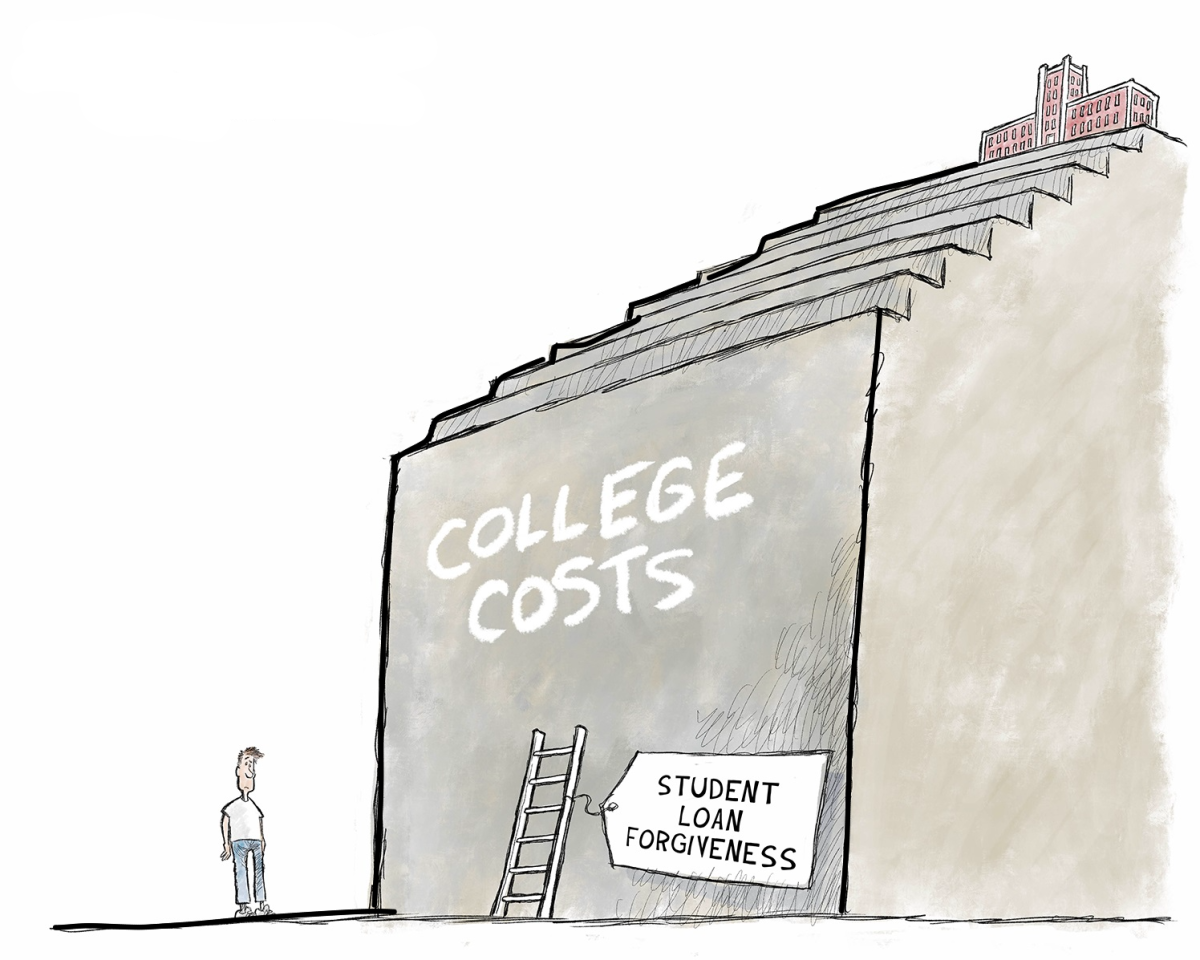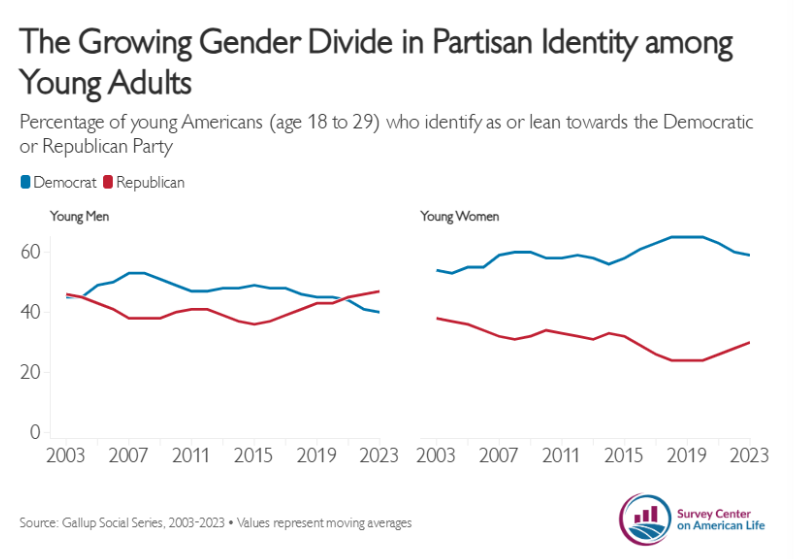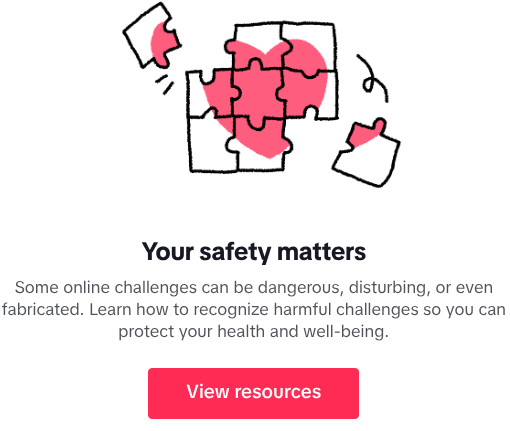When words are followed by countering actions, the actions render the words a lie. The journey of college searching has taught me not the strength of the American education, but rather that you can exceed all expectations within your control and still fall short because of a singular piece of the pie dictated by your birth. It’s an entertaining lesson, as it highlights the facade created by the statement ‘the American Dream.’ It’s ultimately a form of irony that American society relies heavily on college graduates to work our economy, teach our children and run our country. Yet a major obstacle is in place that asserts limitations to those who dream of working their way into a better livelihood through an academic passion. According to the National Association of Student Financial Aid Administrations (NASFAA), “Students from lower income backgrounds, the analysis found, could only afford 1 to 5 percent of the colleges.” This is without mentioning the multitudes of middle-class individuals forced to take out tens of thousands of dollars in loans to afford an opportunity cheaply available in other countries.
Since Regan’s presidency, the US government has “[…]reduce[d] funding towards education by 25%,” making college, “[…]no longer a place to pursue higher intellect and endeavors but rather a place to maximize profit-making skills,” according to the New University Official Campus Newspaper of UC Irvine. Not only does this profit-oriented system of education discourage individuals from accessing higher education, but it also disproportionately affects minorities and people of color in America, which yet again stacks the deck against the individuals in these communities as they attempt to achieve.
The ability to attend college is a luxury that many take for granted. College opens the door to multitudes of opportunities that help people increase their incomes and ways of life for their families and generations to come. Now, there is another extreme that also causes problems in education access, and this is free tuition. Finland leads the world with the lowest costs for college, but according to the American Enterprise Institute, “Finland ranks in the bottom third of developed countries for college-degree attainment,” with only 33% of all applicants admitted to Finish Universities. This is another system that limits educational availability to citizens, which is why loan forgiveness could be a beneficial middle ground. If we can subsidize college more by the United States government, it will not only limit the amount of loans in existence, which according to USA Today totals “around $1.77 trillion,” but it will also make universities easier to access for all individuals. By lifting the burden of student loan debt Americans will also be able to spend more and work higher-paying jobs that add more money to the economy. According to the White House, it “enhances living standards and could positively influence decisions about employment, home buying, and mobility.”
It’s the government’s job to look after its people and ensure a stable future for Americans, reducing tuition costs and forgiving some student loan debt could be a generous step towards a stronger populace and economy.












